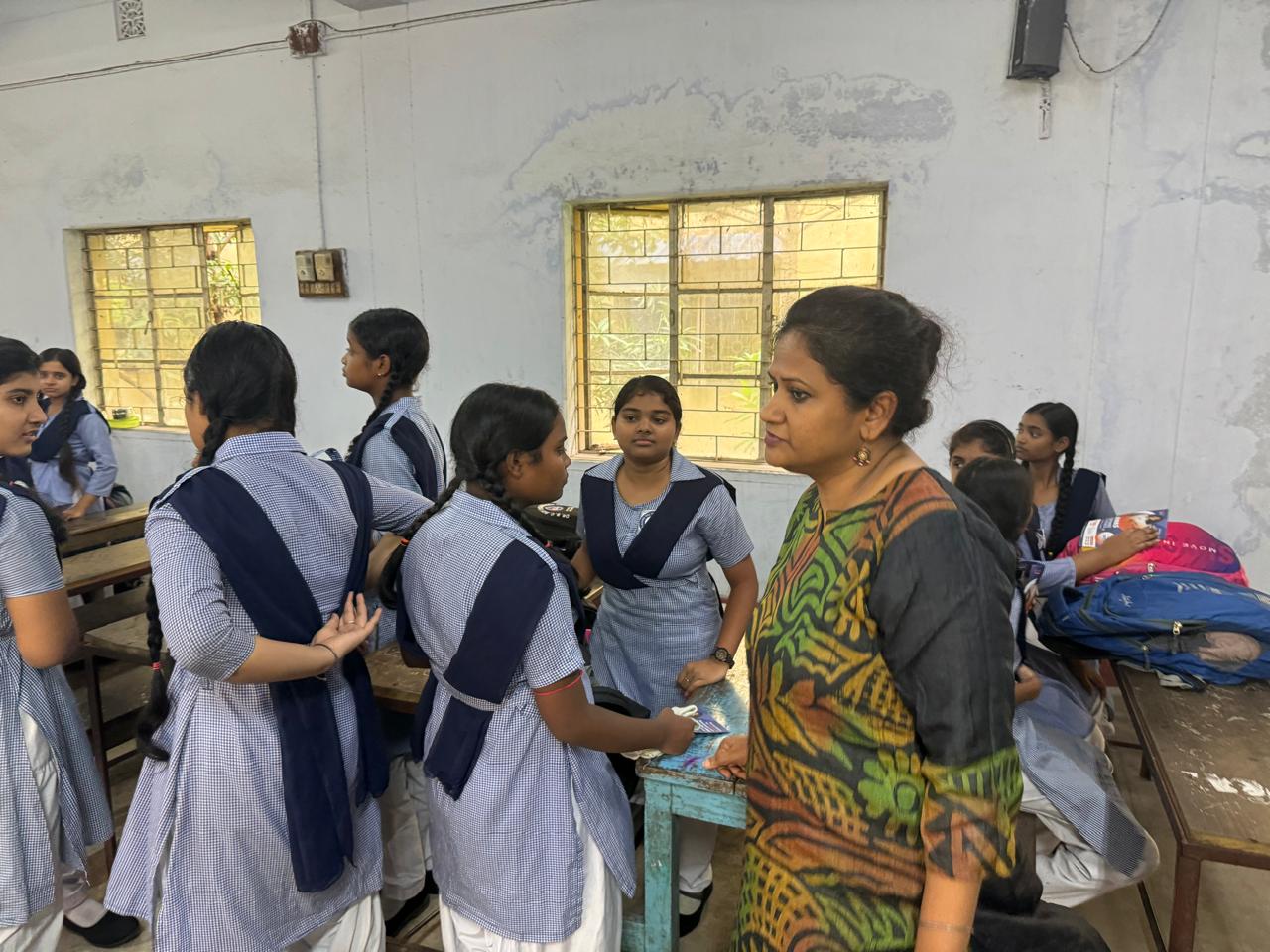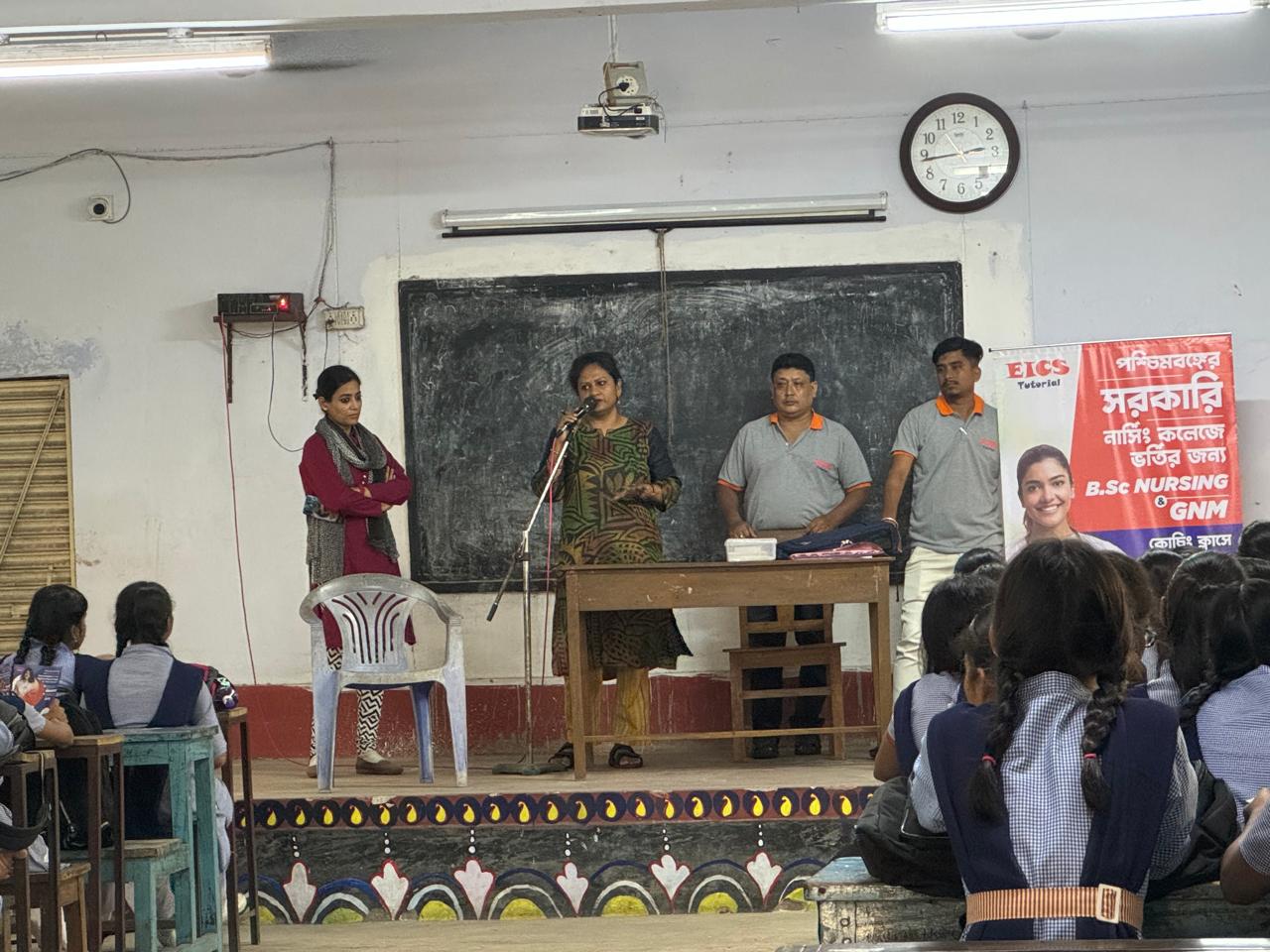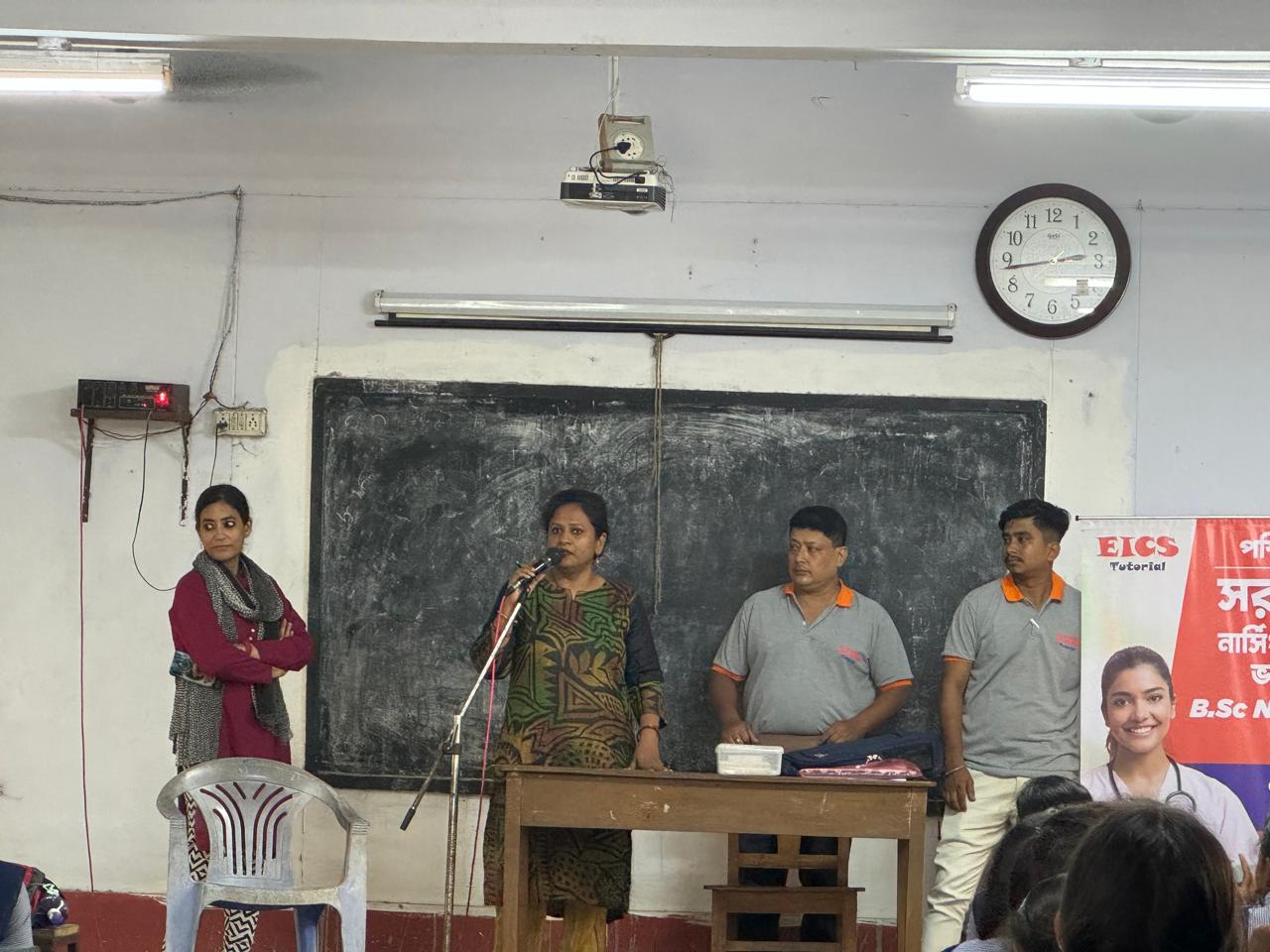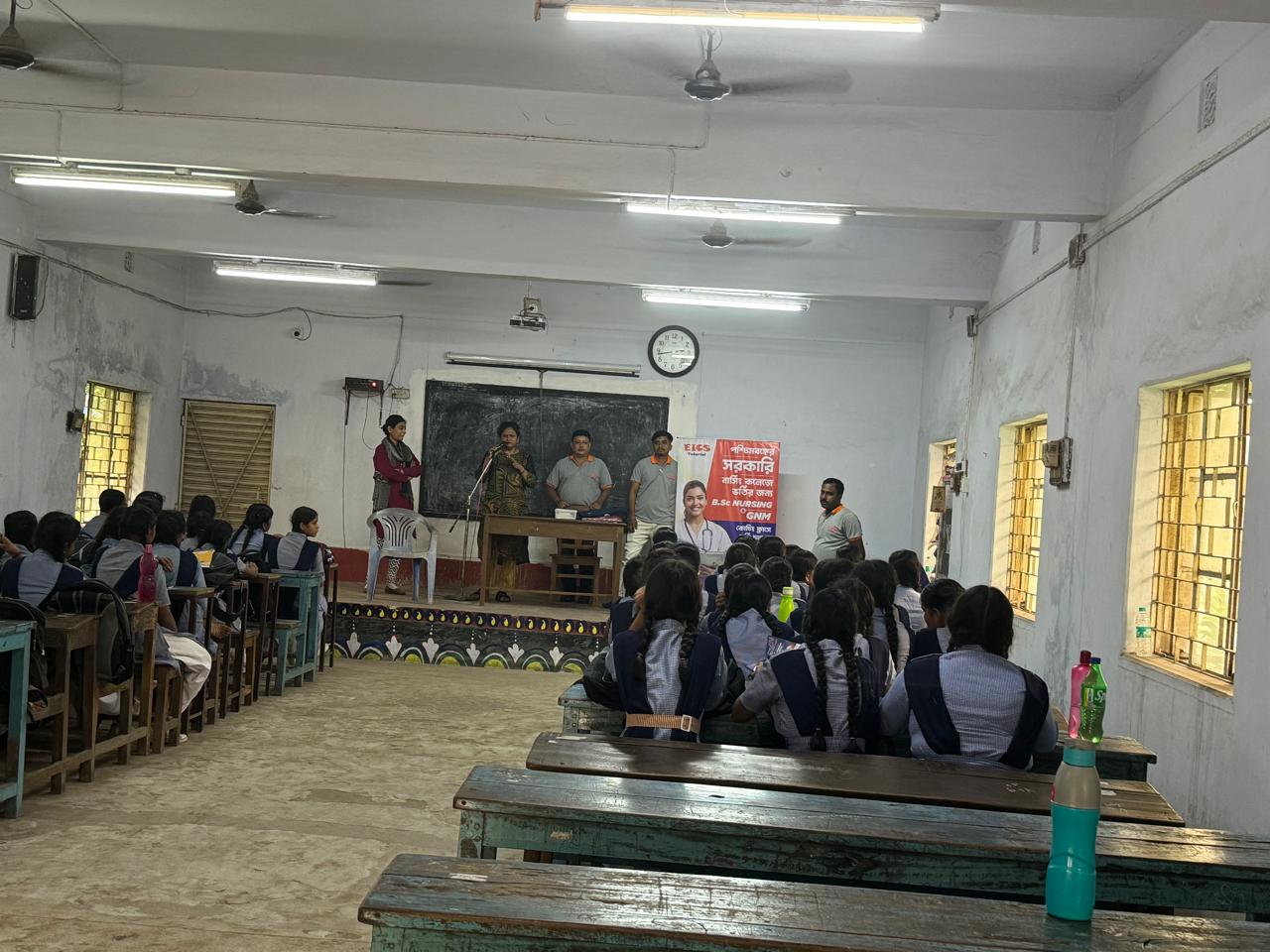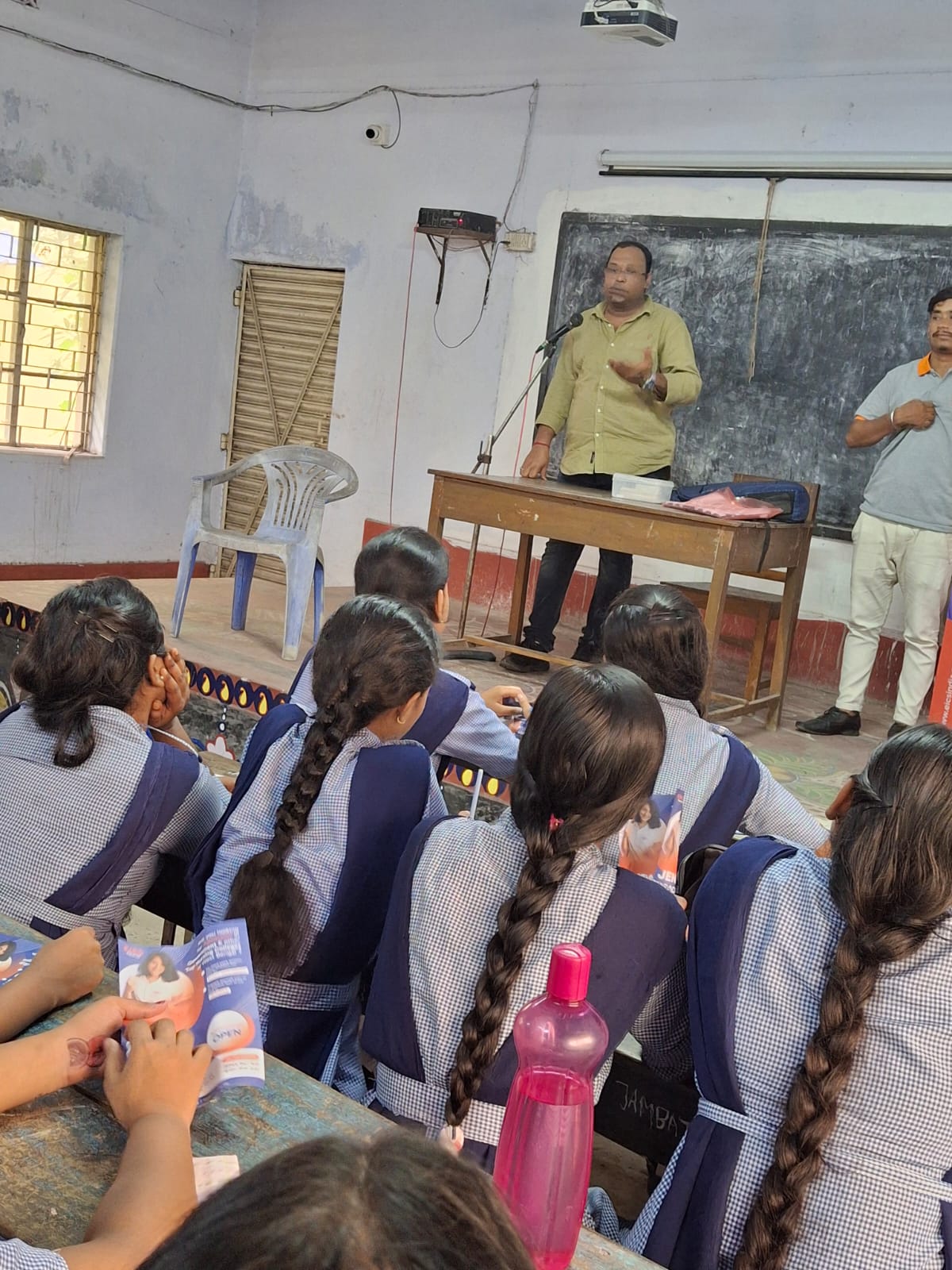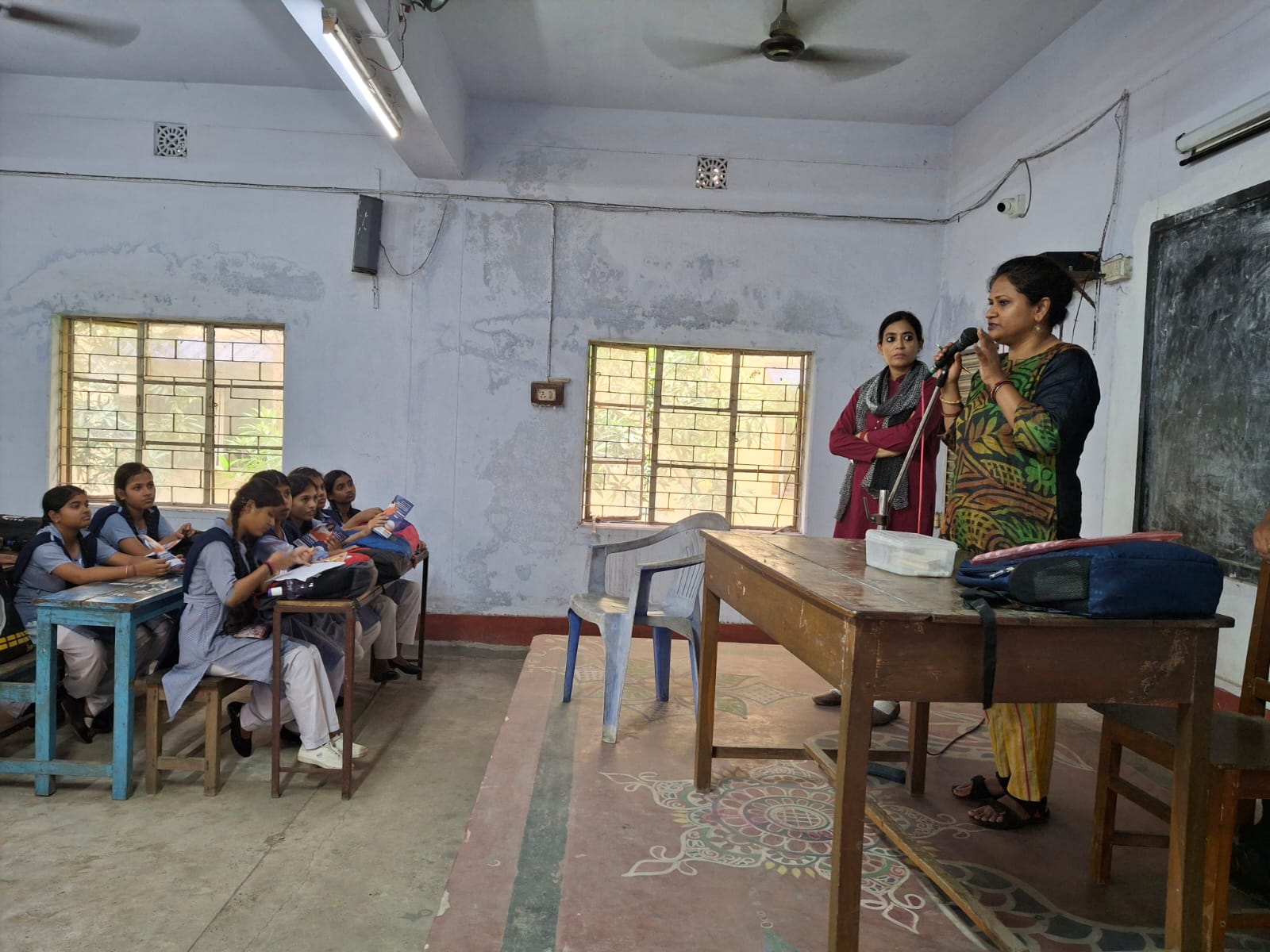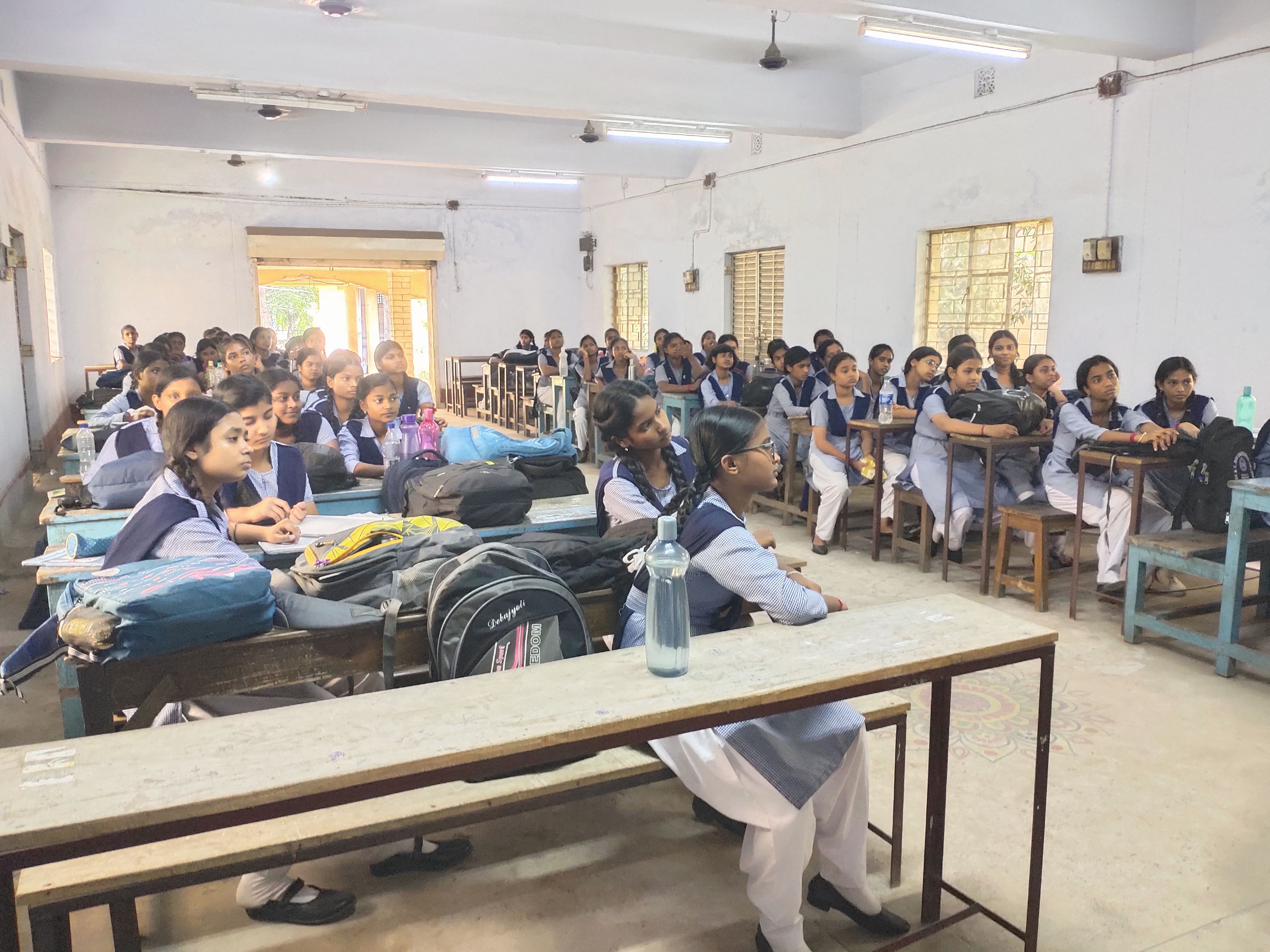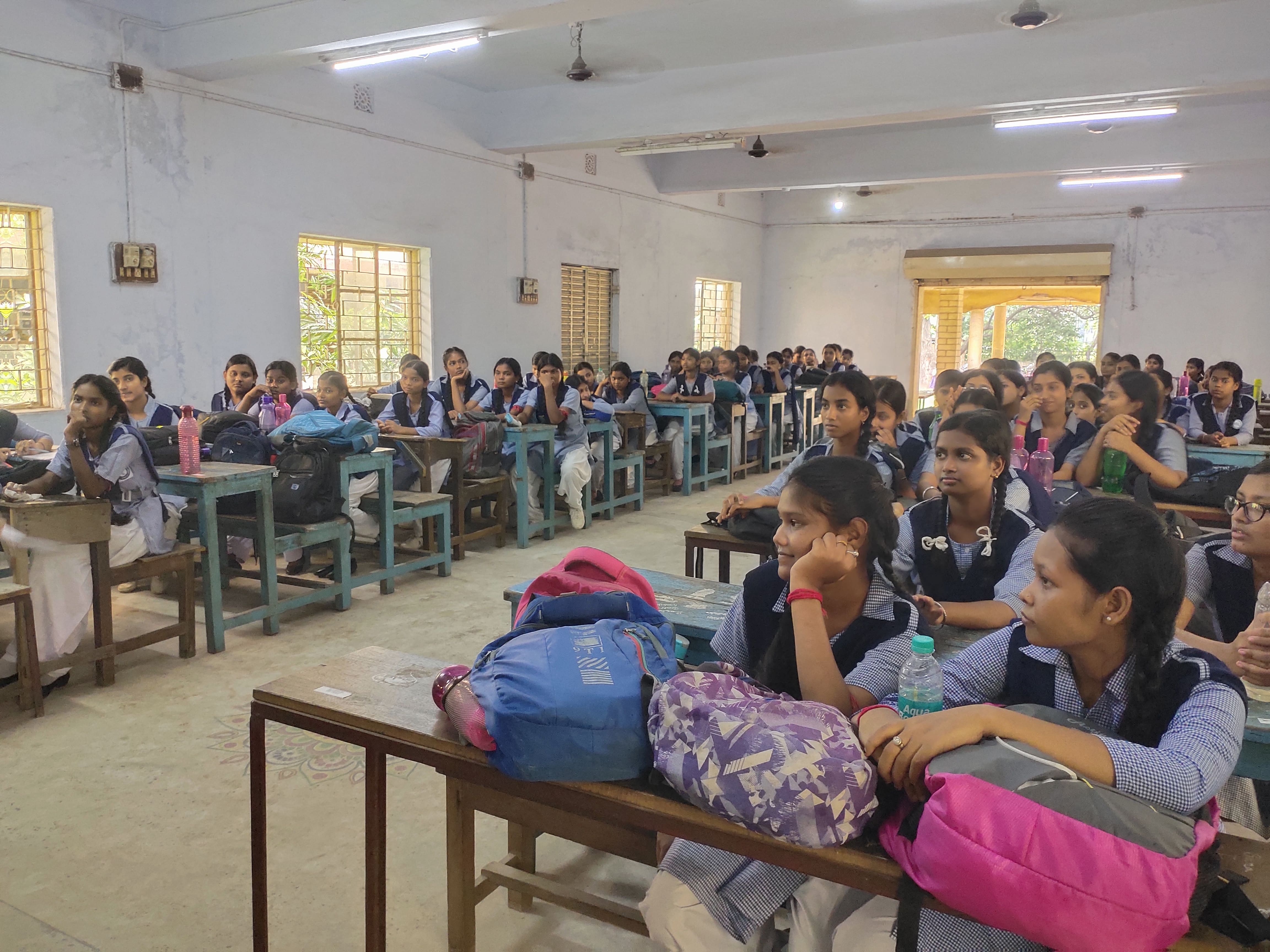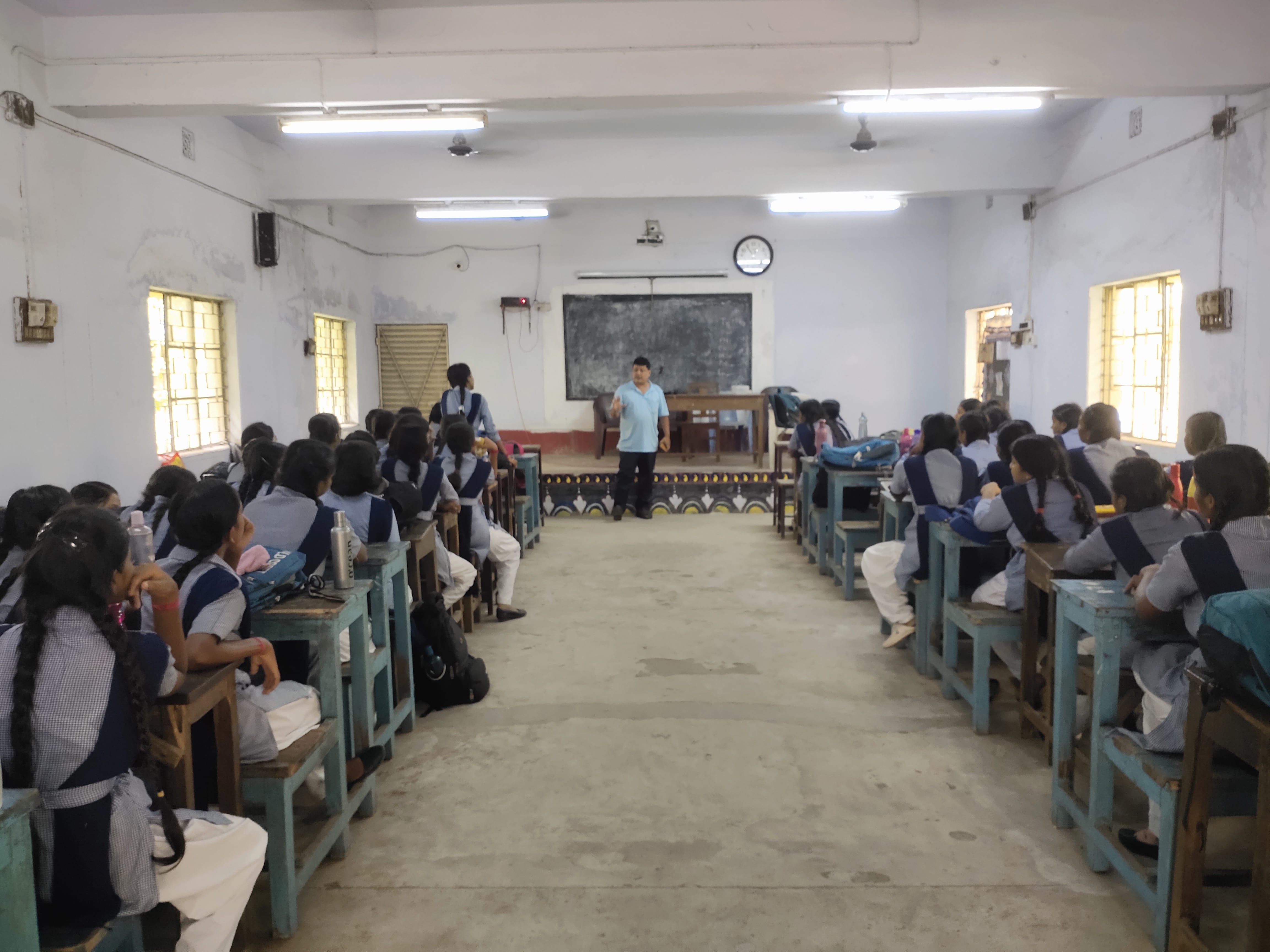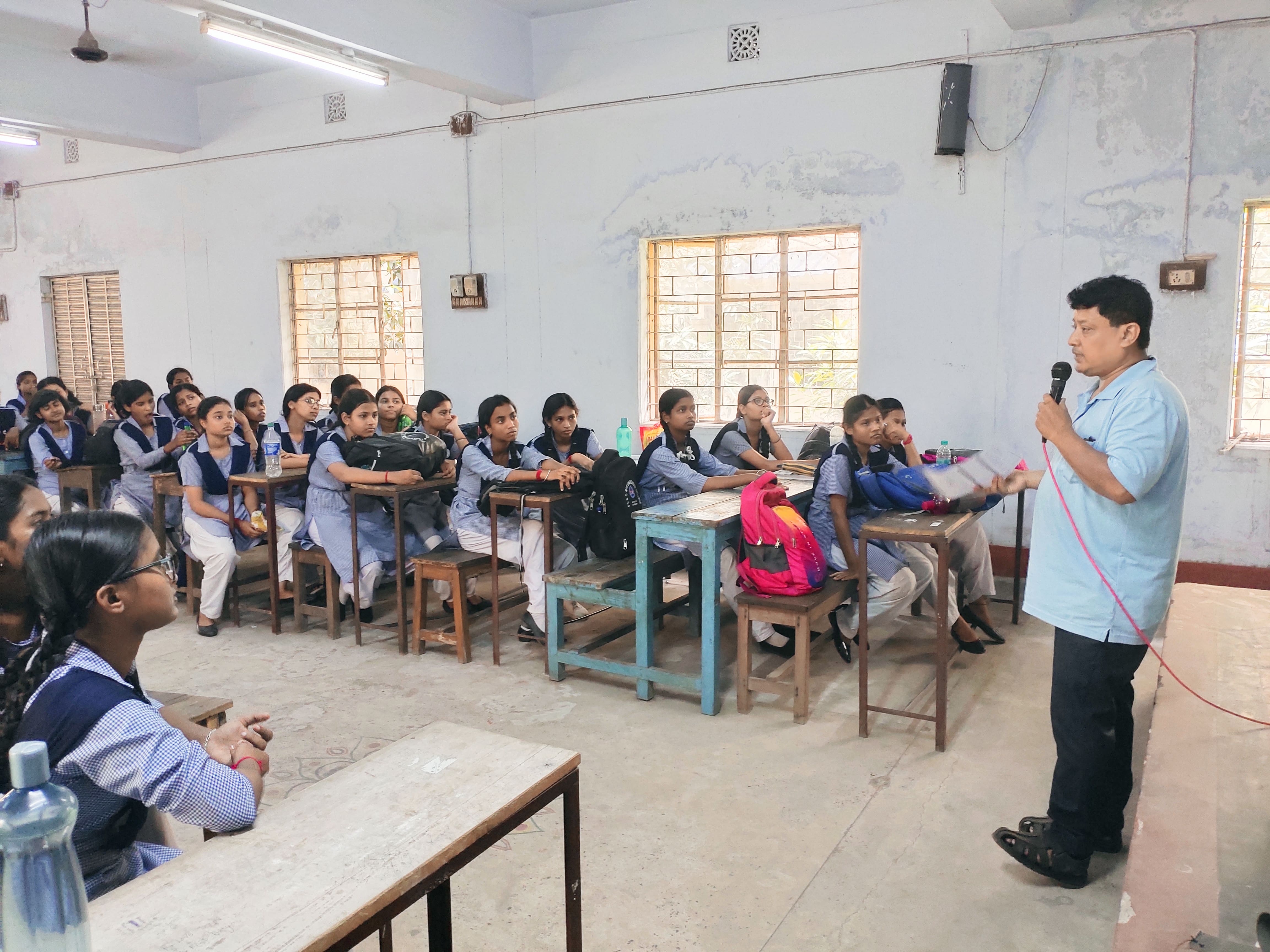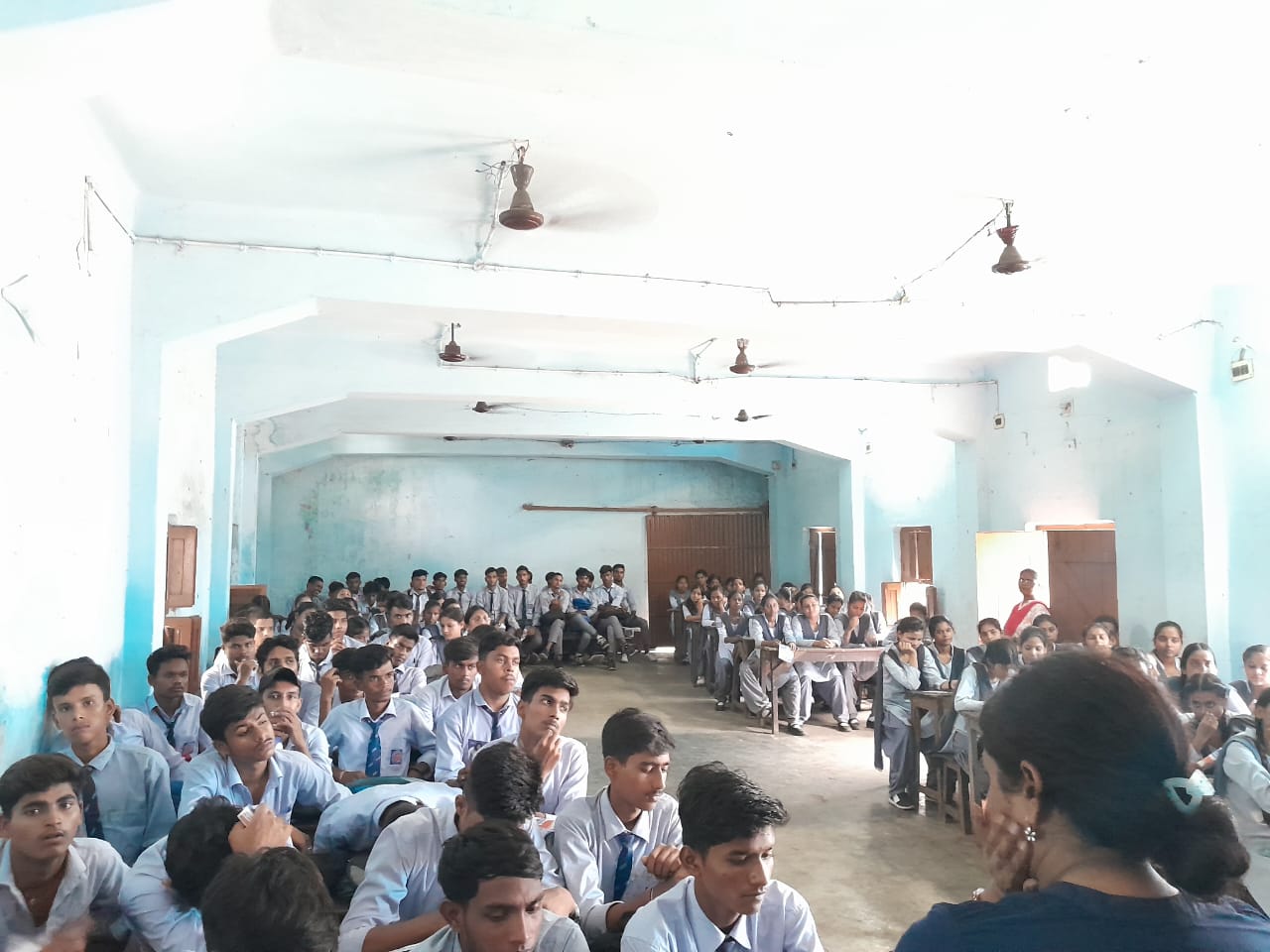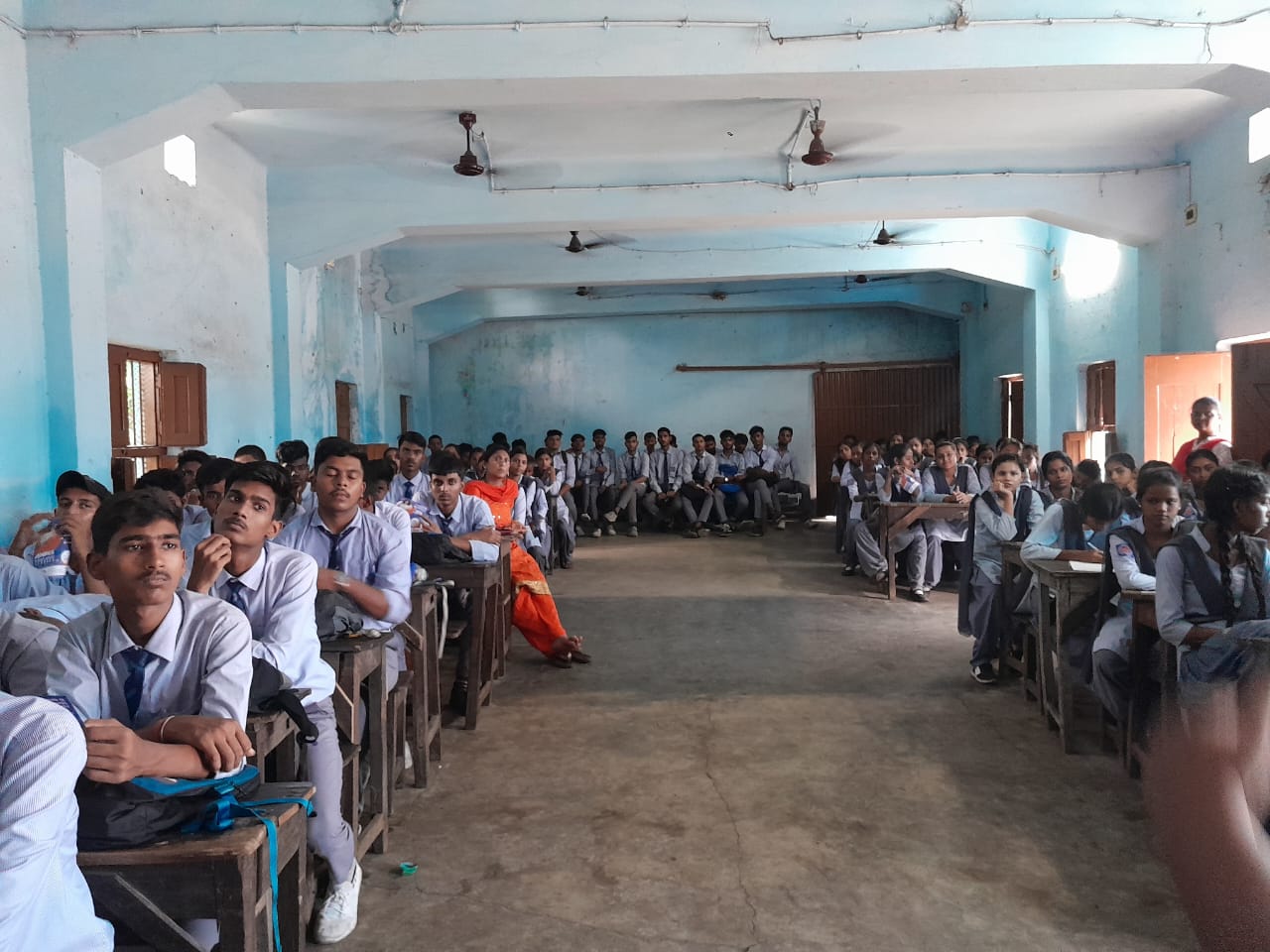Common University Entrance Test (CUET)
Eligibility
- Aspiring candidates must secure at least 50% marks in their Class 12 from any recognized board. Students appearing for their Class 12 exams can also apply for the CUET exam.
- There is no age limit for the applicants of CUET.
Common University Entrance Test (CUET) UG in hybrid mode (i.e., Computer Based Test & Pen-Paper mode).
Exam Date
The CUET exam will be given over 24 days starting on 08 May 2025 to 01 June 2025.

CUET UG Syllabus
| CUET Exam Subjects | Syllabus |
|---|---|
| General Test | General Knowledge. Current Affairs. General Mental Ability. Numerical Ability. Quantitative Reasoning (Simple application of basic mathematical concepts arithmetic/algebra geometry/mensuration/stat taught till Grade 8) Logical and Analytical Reasoning. |
| Chemistry | Atomic Structure Chemical Bonding Redox Reactions Chemical Equilibrium and Kinetics Acid-Base Concepts Electrochemistry Catalysis Colloids Colligative Properties of Solution Periodic Table Preparation and Properties Thermochemistry General Organic Chemistry Reaction intermediates Isomerism Polymers Carbohydrates Preparation and Properties Solid State Petroleum |
| Physics | Measurement Motion in one dimension Laws of Motion Motion in two dimensions Work, Power and Energy Linear Momentum & collisions Rotation of a rigid body about a fixed axis Gravitation Oscillatory motion Mechanics of solids and fluids Heat and thermodynamics Wave Electrostatics Current Electricity Magnetic Effect of Current Matter Electromagnetic induction Ray Optics and optical instruments Wave Optics Modern Physics |
| Mathematics |
Algebra Probability Trigonometry Coordinate Geometry Calculus Vectors Dynamics and Statics |
| Zoology | Origin of Life Organic Evolution Mechanism of Organic Evolution Human Genetics and Eugenics Applied Biology Mammalian Anatomy (Eg. Rabbit) Animal Physiology Comparison between Periplaneta and Blatta |
| Botany | Plant Cell Protoplasm Ecology Ecosystem Genetics Seeds in angiosperms plants Fruits Cell differentiation Plant Tissue Anatomy of Root, stem and leaf Important phylums Soil Photosynthesis |
| Political Science |
The topics related to Political Science covered in CUET Syllabus are given below: The era of One-Party DominanceNation-Building and Its Problems Politics of Planned Development India’s External Relations Challenge to and Restoration of Congress System Crisis of the Constitutional Order Regional Aspirations and Conflicts Rise of New Social Movements Democratic Upsurge and Coalition Politics Recent Issues and Challenges Cold War Era in World Politics Disintegration of the ‘Second World’ and the Collapse of Bipolarity US Dominance in World Politics Alternative Centres of Economic and Political Power South Asia in the Post-Cold War Era International Organisations in a Unipolar World Security in the Contemporary World Environment and Natural Resources in Global Politics Globalisation and Its Critics |
| History |
The topics related to History covered in CUET Syllabus are given below: Unit I : The Story of the First Cities Harappan ArchaeologyBroad overview : Early urban centres. Story of discovery : Harappan civilization. Excerpt : Archaeological report on a major site. Discussion : how it has been utilized by archaeologists/historians Unit II : Political and Economic History: How Inscriptions tell a story Broad overview : Political and economic history from the Mauryan to the Gupta period. Story of discovery : Inscriptions and the decipherment of the script. Shifts in the understanding of political and economic history. Excerpt : Asokan inscription and Gupta period land grant. Discussion : Interpretation of inscriptions by historians. Unit III : Social Histories using the Mahabharata Broad overview : Issues in social history, including caste,class, kinship and gender. Story of discovery : Transmission and publications of the Mahabharata. Excerpt : From the Mahabharata, illustrating how it has been used by historians. Unit IV : A History of Buddhism: Sanchi Stupa Broad overview : (a) A brief review of religious histories of Vedic religion, Jainism, Vaisnavism, Saivism. (b) Focus on Buddhism. Story of discovery : Sanchi stupa. Excerpt : Reproduction of sculptures from Sanchi. Discussion : Ways in which sculpture has been interpreted by historians, other sources for reconstructing the history of Buddhism. Unit V : Medieval Society Through Travellers’ Accounts Broad Overview : Outline of social and cultural life as they appear in travellers’ accounts. Story of their writings : A discussion of where they travelled, why they travelled, what they wrote, and For whom they wrote. Excerpts : from Alberuni, Ibn Battuta, Bernier. Discussion : What these travel accounts can tell us and how they have been interpreted by historians. Unit VI : Religious Histories: The Bhakti-Sufi Tradition Broad Overview :(a) Outline of religious developments during this period. (b) Ideas and practices of the Bhakti-Sufi saints. Story of Transmission : How Bhakti-Sufi compositions have been preserved. Excerpt : Extracts from selected Bhakti Sufi works. Discussion : Ways in which these have been interpreted by historians. Unit VII : New Architecture: Hampi Broad Overview : (a)Outline of new buildings during the Vijayanagar period — temples, forts, irrigation facilities. (b) between architecture and the political system. Story of Discovery : Account of how Hampi was found. Excerpt : Visuals of buildings at Hampi. Discussion : Ways in which historians have analysed and interpreted these structures. Unit VIII :Agrarian Relations : The Ain-i-Akbari Broad overview : (a) Structure of agrarian relations in the 16th and 17th centuries. (b) Patterns of change over the period. Story of Discovery : Account of the compilation and translation of Ain-i-Akbari. Discussion : Ways in which historians have used the text to reconstruct history. Unit IX : The Mughal Court : Reconstructing Histories through Chronicles Broad Overview : (a) Outline of political history c. 15th-17th centuries. (b) Discussion of the Mughal court and politics. Story of Discovery : Account of the production of court chronicles, and their subsequent translation and transmission. Excerpts : from the Akbarnama and Padshahnama. Discussion : Ways in which historians have used the texts to reconstruct political histories. Unit X : Colonialism and Rural Society : Evidence from Official Reports Broad overview : (a) Life of zamindars, peasants and artisans in the late 18 century. (b) East India Company, revenue settlements and surveys. (c) Changes over the nineteenth century. Story of official records : An account of why official investigations into rural societies were undertaken and the types of records and reports produced. Excerpts: From Firminger’s Fifth Report, Accounts of Francis Buchanan-Hamilton, and Deccan Riots Report. Discussion : What the official records tell and do not tell, and how they have been used by historians. Unit XI : Representations of 1857 Broad Overview : (a) The events of 1857-58. (b) How these events were recorded and narrated. Focus : Lucknow Excerpts : Pictures of 1857. Extracts from contemporary accounts. Discussion : How the pictures of 1857 shaped British opinion of what had happened. Unit XII : Colonialism and Indian Towns : Town Plans and Municipal Reports Broad Overview : The growth of Mumbai, Chennai, hill stations, and cantonments in the 18th and 19th century. Excerpts : Photographs and paintings. Plans of cities. Extract from town plan reports. Focus on Kolkata town planning. Discussion : How the above sources can be used to reconstruct the history of towns. What these sources do not reveal. Unit XIII : Mahatma Gandhi through Contemporary Eyes Broad Overview : (a) The nationalist movement 1918-48, (b) The nature of Gandhian politics and leadership. Focus : Mahatma Gandhi in 1931. Excerpts : Reports from English and Indian language newspapers and other contemporary writings. Discussion : How newspapers can be a source of history. Unit XIV : Partition through Oral Sources Broad Overview : (a) The history of the 1940s; (b) Nationalism, Communalism and Partition. Focus : Punjab and Bengal. Excerpts : Oral testimonies of those who experienced partition. Discussion : Ways in which these have been analysed to construct the history of the event. Unit XV : The Making of the Constitution Broad Overview : (a) Independence and the new nation-state. (b) The making of the Constitution. Focus : The Constitutional Assembly debates. Excerpts : From the debates. Discussion : What such debates reveal and how they can be analysed. |
| Business Studies |
The topics related to Business Studies covered in CUET Syllabus are given below: Unit 1 : Principles and Functions of ManagementNature and Significance of Management Principles of Management Business Environmen Planning Organising Staffing Directing Controlling Unit 2 : Business Finance and Marketing Business Finance Financial Markets Marketing Consumer Protection Entrepreneurship Development |
| Accountancy |
Company Accounts and Financial Statement Analysis Unit 1 : Accounting Not-for-Profit OrganisationUnit 2 : Accounting for Partnership Unit 3 : Reconstitution of Partnership Unit 4 : Dissolution of Partnership Firm Unit 5 : Accounting for Share and Debenture Capital Unit 6 : Analysis of Financial Statements Unit 7 : Statement of Changes in Financial Position Computerized Accounting System Unit 1 : Overview of Computerized Accounting System Unit 2 : Using Computerized Accounting System Unit 3 : Accounting Using Database Management System (DBMS) Unit 4 : Accounting Applications of Electronic Spreadsheets |
| Geography |
The topics related to Geography covered in CUET Syllabus are given below: Unit 1 : Human Geography : Nature and ScopeUnit 2 : People Unit 3 : Human Activities Unit 4 : Transport, Communication and Trade Unit 5 : Human Settlements |
